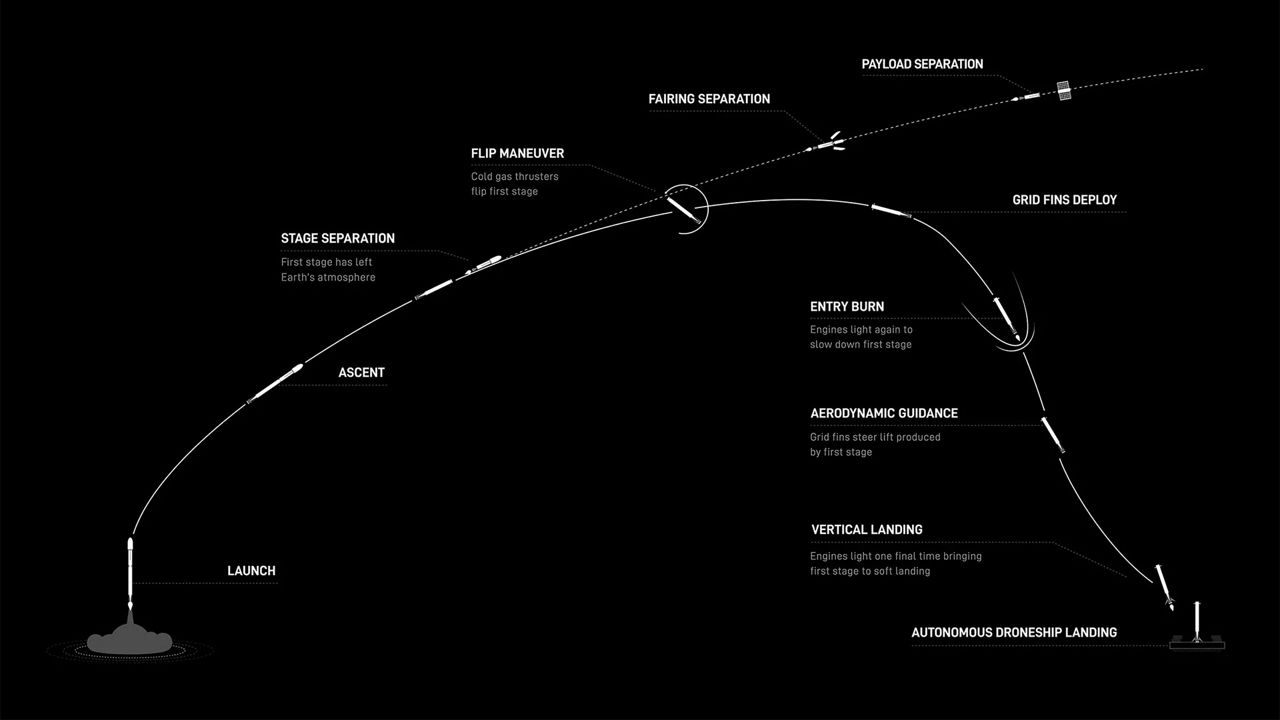CAPE CANAVERAL SPACE FORCE STATION — SpaceX sent up more than 20 Starlink satellites to low-Earth orbit on Wednesday.
What You Need To Know
- SpaceX sent off the Starlink 10-13 mission from Space Launch Complex 40
The company's Falcon 9 rocket carried the Starlink 10-13 mission from Space Launch Complex 40 at Cape Canaveral Space Force Station.
The launch saw no delays and got off at the beginning of its four-hour launch window at 5:10 p.m. ET.
The 45th Weather Squadron had given a 75% chance of good launch conditions, with the only concerns being the liftoff winds and the cumulus clouds rule.
Find out more about the weather criteria for a Falcon 9 launch.
Going up
This is 14th mission for the Falcon 9's first-stage booster B1078. The 13 missions it has sent up included one crewed launch.
- Crew-6
- SES O3b mPOWER
- USSF-124 mission
- Bluebird
- Starlink 6-4
- Starlink 6-8
- Starlink 6-16
- Starlink 6-31
- Starlink 6-46
- Starlink 6-53
- Starlink 6-60
- Starlink 10-2
- Starlink 10-6
After the stage separation, the first-stage rocket landed on the droneship A Shortfall of Gravitas that will be in the Atlantic Ocean.

About the mission
SpaceX’s Starlink company will have 23 satellites head to low-Earth orbit to join the thousands already there.
Once deployed and in their orbit, they will provide internet service to many parts of Earth.
Harvard-Smithsonian Center for Astrophysics’ Dr. Jonathan McDowell has been recording Starlink satellites.
Before this launch, McDowell recorded the following:
- 6,534 are in orbit
- 6,115 are in operational orbit



